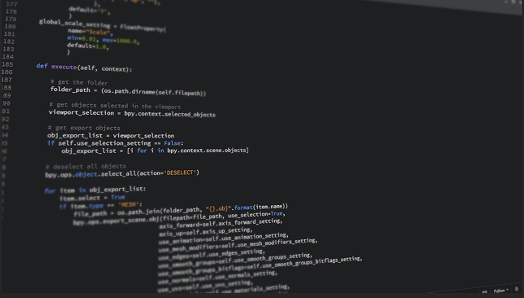To achieve your business goals when it comes to software, quality assurance services are crucial. Software quality serves as a competitive advantage in the market. Software has to be reliable and faultless so that it delivers an uninterrupted user experience. Also, software should be efficient and effective, so its users get exactly what they expect.
Quality assurance services are those that help your software meet the above-mentioned goals. The quality assurance services include testing, bug fixing, code reviews, and data assurance. Testing is the most important part of quality assurance services because if your software does not pass the test then it doesn’t work properly and shouldn’t be offered to the users.
Testing helps in finding bugs or errors in your software before it is delivered to the users. Bug fixing is necessary for ensuring that you do not have any error or bug in your software after it has been delivered to users. Code reviews are a process of reviewing the code written by programmers to make sure that everything is working properly and effectively. The reviews help in identifying errors, design flaws, and other problems with the code which prevent them from being implemented into the final product.
Benefits Of Quality Assurance Services
The main benefit of quality assurance services is that they help in ensuring that your software delivers a seamless experience to the user. The quality assurance services also help in identifying bugs and errors in the code so as to prevent them from being placed into the final product. The reviews and bug fixing also help to make sure that your code is efficient and effective.
Quality Assurance Services: What Are The Different Types?
There are different types of quality assurance services depending on how you want your software to be tested, fixed, or reviewed. We can distinguish four main types: functional testing, regression testing, integration testing, and security testing. Functional testing is the process of performing automated tests on the software for checking its functionalities to ensure it does what it is supposed to do. Regression testing is a process of examining how new changes applied to existing software affect its overall behaviour. Integration testing is a process through which components are integrated together so as to check whether they work well together or not. Security testing is a process through which security vulnerabilities in the code are identified and fixed before it can be delivered to users.
How does NeuroSYS achieve this?
NeuroSYS builds and maintains software that is used by a variety of companies and their end-users globally. Therefore, it is in their interest to have a QA team on board that ensures a high quality of the code delivered. NeuroSYS uses a combination of automated testing tools as well as manual testing for checking the quality of code. A large amount of work is done in an automated fashion using test automation tools such as Cypress and Selenium to write testing scripts and test applications. The tests are executed on different platforms such as web browsers and mobile devices.
In the manual testing process, the QA team members verify how products behave, comparing it to the model behaviour. They also give feedback after they have interacted with the system under test so that defects can be fixed as soon as possible.
Are there any disadvantages?
The only drawback, as always, is the cost of professionals or contractors offering quality assurance services. However, you should always weigh the advantages and costs against the potential risk of not checking on your software before the release or when introducing new features. That’s why the best strategy is to hire professionals that will help you identify defects in your code and implement fixes, thereby ensuring that there will be no delays or other issues during its development phase resulting from your code quality.
